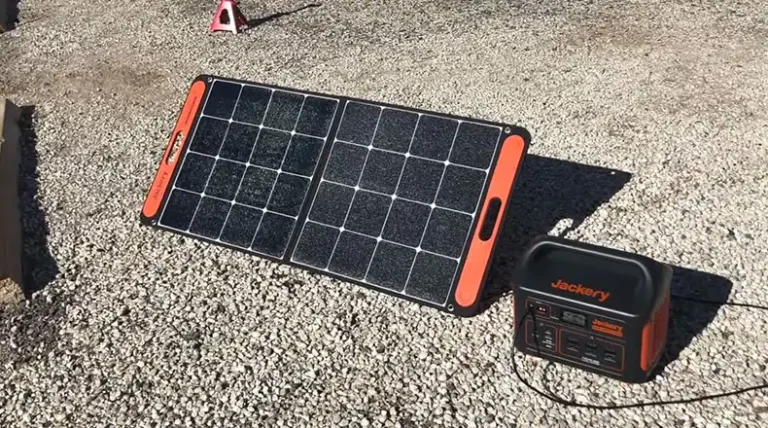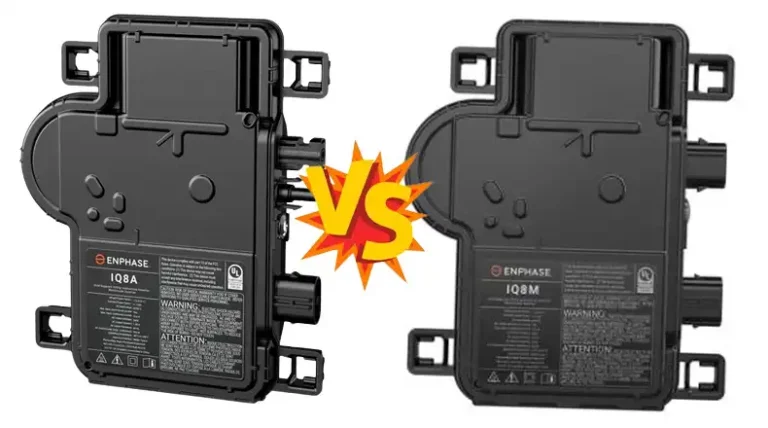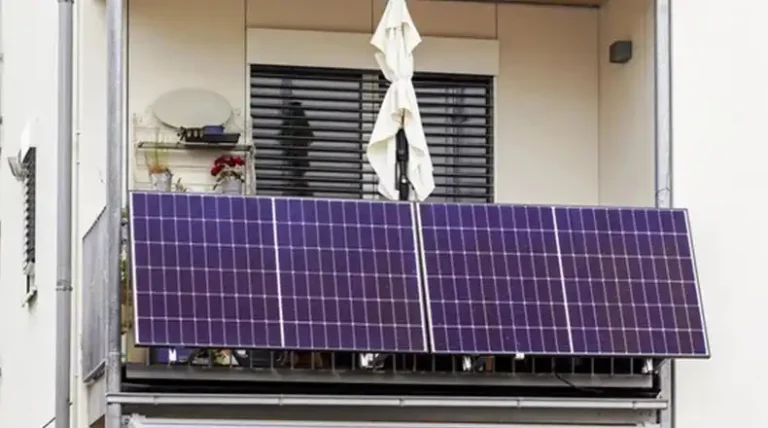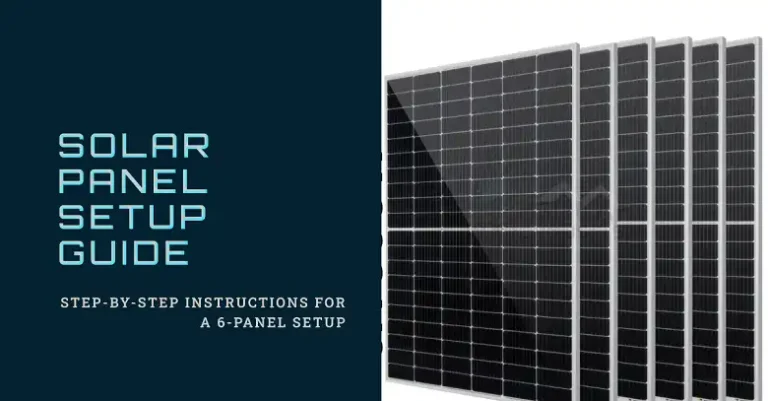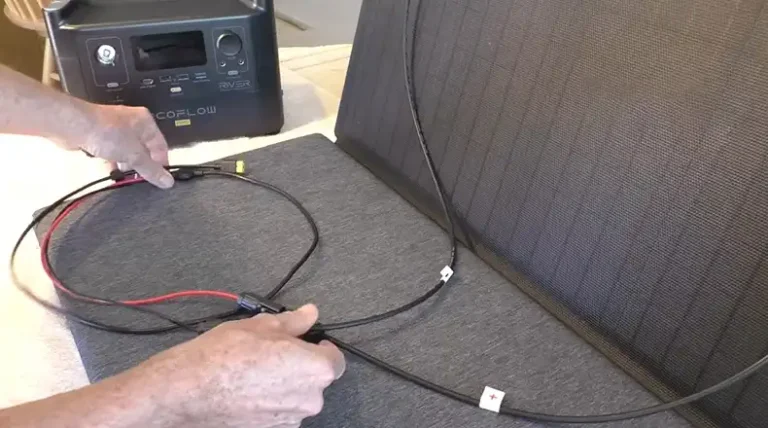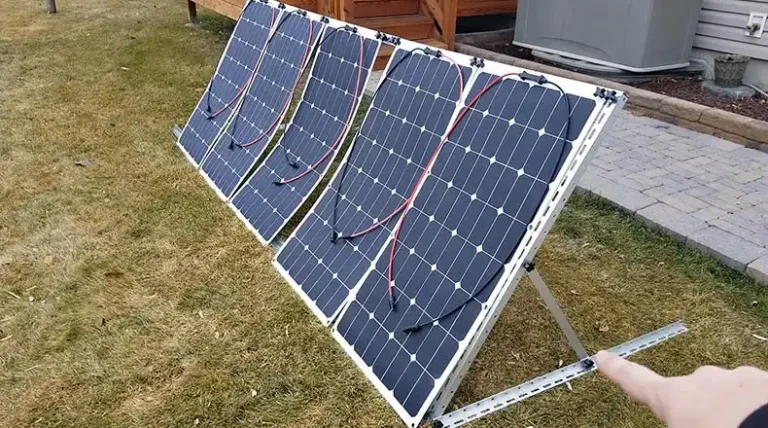Solar Panel Energy Loss Due to Dust | Complete Guide
Using solar panels to get energy from the sun has become a popular way to generate clean, renewable power. However, one issue that can greatly reduce how well solar panels work is dust building up on their surfaces. This seemingly small problem can lead to big losses in energy output, making solar power systems less efficient.
In this detailed article, we’ll take a close look at the connection between dust and the energy loss seen in solar panels. We’ll explore the reasons why dust causes panels to produce less power, the various factors that lead to dust accumulation, and the possible solutions to help reduce this issue. By understanding the details of this problem, you’ll be better prepared to get the most efficiency out of your solar power system and make informed choices about maintenance and cleaning practices.
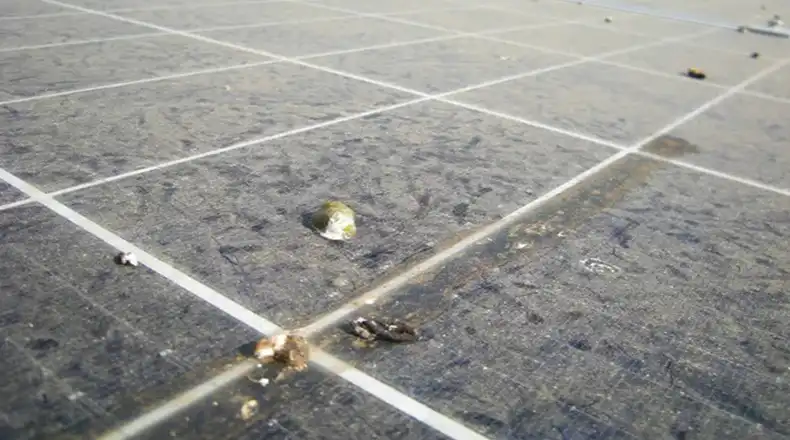
Dust Deposition and Its Effects on Solar Panels
The presence of dust on solar panels can have a profound impact on their energy production capabilities. Studies have consistently shown that the accumulation of dust on panel surfaces directly translates to decreased power output. Even a relatively thin layer of dust, such as 5 grams per square meter, can reduce power generation by up to 15%. In more severe cases, with dust levels reaching 50 grams per square meter, the energy loss can be as high as 55-63%.
Furthermore, dust storms, which are more prevalent in arid regions, can temporarily reduce a solar panel’s power output by a staggering 20%. The size and shape of dust particles can also play a role, with desert environments often experiencing higher dust accumulation and larger particle sizes, leading to more significant shading effects on the panel surface.
Mechanisms of Dust-Induced Energy Loss
So, how exactly does dust contribute to energy losses in solar panels? The answer lies in three primary mechanisms:
- Shielding effect: Dust particles act as a barrier, blocking and scattering incoming sunlight before it reaches the solar cells. This reduction in light intensity directly translates to a decrease in the amount of electricity generated by the panel.
- Temperature effect: When dust accumulates on a solar panel’s surface, it reduces the panel’s ability to dissipate heat effectively. This leads to an increase in surface temperature, which can negatively impact the panel’s efficiency and overall performance.
- Corrosion effect: Over time, dust particles can facilitate the corrosion and degradation of the panel materials, particularly if the dust contains abrasive or corrosive elements. This gradual wear and tear can further diminish the panel’s energy production capabilities and shorten its lifespan.
Factors Affecting Dust Deposition
The rate and severity of dust accumulation on solar panels can vary depending on several key factors. Understanding these factors is crucial for developing effective mitigation strategies and optimizing the performance of solar power systems.
Geographic Location
The geographic location of a solar installation plays a significant role in determining the amount and type of dust accumulation. Arid and desert regions, characterized by dry and dusty conditions, tend to experience higher levels of dust deposition on solar panels. Additionally, the composition of the dust particles can vary based on the local geology and vegetation, potentially influencing the extent of the impact on panel performance.
Weather Patterns
Weather patterns, particularly wind and precipitation, can have a substantial influence on dust accumulation rates. Strong winds can carry dust particles and deposit them on panel surfaces, while rainfall can naturally clean off accumulated dust. Areas with infrequent or irregular rainfall patterns may require more frequent manual cleaning to maintain optimal performance.
Installation Angle and Orientation
The angle and orientation of solar panels relative to the ground can also affect dust accumulation rates. Horizontally installed panels tend to accumulate more dust than those installed at an angle, as the latter allows for some natural shedding of dust particles due to gravity and wind. Additionally, the orientation of the panels with respect to the prevailing wind direction can impact the rate of dust deposition.
Conclusion
Keeping your solar panels clean and dust-free is an important part of maintaining their efficiency. By following the tips in this guide, you can help ensure your solar panels are capturing all the sunlight they can and converting it into clean energy for your home. If you have any questions about dust and solar panels, feel free to leave a comment below! Thanks for reading!

